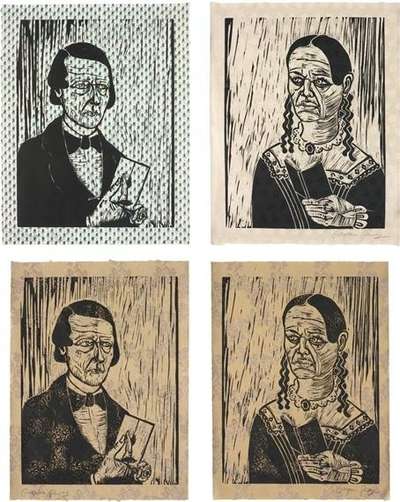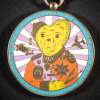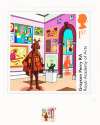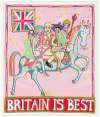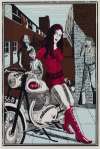The
Charms Of Lincolnshire
Produced for the occasion of his exhibition at his representing gallery, Victoria Miro, London, Grayson Perry’s The Charms Of Lincolnshire prints represent the artist’s most notable attempt at reflecting on the theme of death in his art, in an exhibition contemplating the British countryside where he grew up.
Grayson Perry The Charms Of Lincolnshire For sale
The Charms Of Lincolnshire Market value
Auction Results
| Artwork | Auction Date | Auction House | Return to Seller | Hammer Price | Buyer Paid |
|---|---|---|---|---|---|
 Mr And Mrs Perry Grayson Perry Signed Print | 8 Jun 2016 | Phillips London | £4,250 | £5,000 | £7,000 |
Sell Your Art
with Us
with Us
Join Our Network of Collectors. Buy, Sell and Track Demand
Meaning & Analysis
Produced on the occasion of his exhibition at Victoria Miro, London, Grayson Perry’s The Charms Of Lincolnshire represent the artist’s most notable attempt at reflecting on the theme of death in his art. The British artist, who reached world fame after he won the Turner Prize in 2003, is known also for his curatorial endeavours, which can also be seen in his Summer Exhibition, which he curated for the Royal Academy in London in 2018. In 2006, Victoria Miro, who represent the artist, asked him to put together a show where he thinks about the British countryside, where he grew up.
